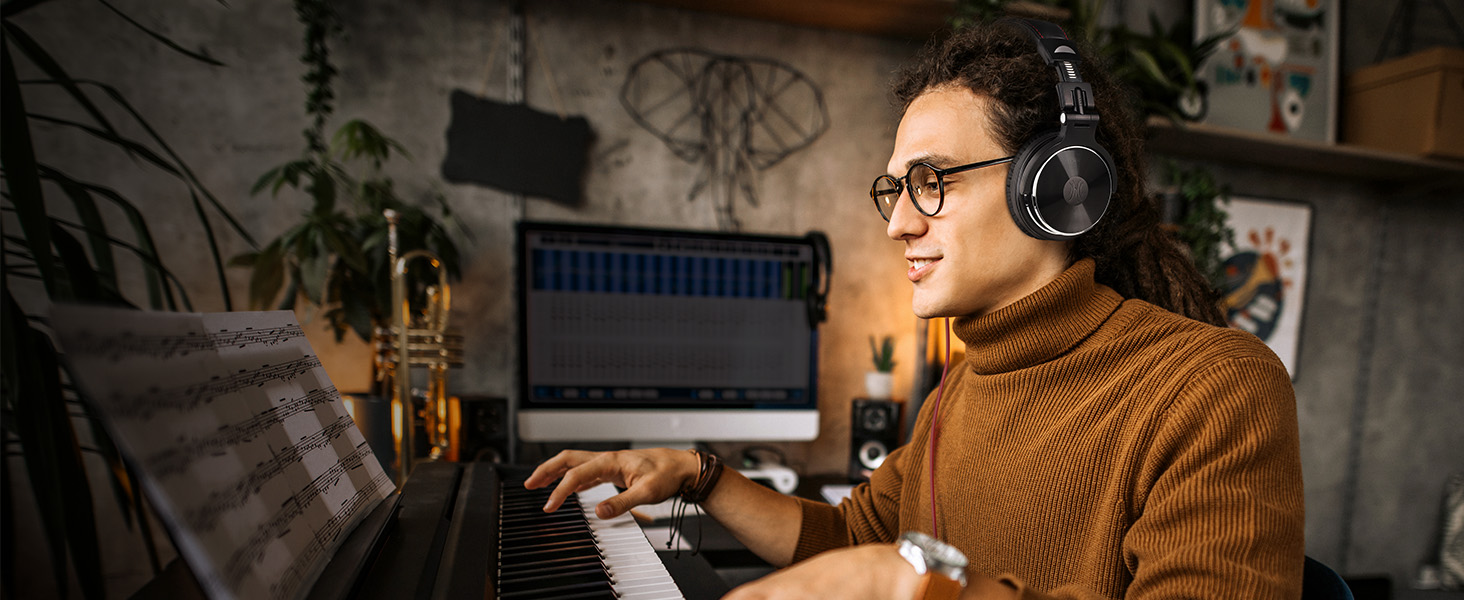The 300-Year War: A History of the Clinical Thermometer's Quest for Speed, Safety, and Accuracy
Update on Oct. 27, 2025, 9:30 a.m.
The next time you use a digital thermometer and get a reading in seconds, take a moment to appreciate the silent history contained in that beep. That seemingly simple act—the quick, safe, and precise measurement of the human body’s temperature—is the culmination of a scientific struggle lasting over three centuries. It was a war fought on three fronts, a relentless effort to resolve a fundamental trilemma: the balance between Accuracy, Speed, and Safety. The story of the clinical thermometer is not one of a single invention, but of a long, arduous journey to conquer these three competing demands.
Our story begins in an era where fever was not a measurement, but a subjective quality. Around 400 BC, Hippocrates relied on the touch of his hand, a method that would remain the standard for nearly two millennia. The first great leap from subjective feeling to objective observation came around 1593 with Galileo Galilei. His thermoscope, a delicate glass bulb with a long tube submerged in water, could show that temperatures changed, but it couldn’t assign a number to that change. It was a physician, Santorio Santorio, who first adapted this concept for medicine around 1612, adding a scale and creating the first, albeit wildly impractical, clinical thermometer. These early devices were revolutionary in concept, prioritizing the novel idea of Accuracy above all else. However, they were enormous, fragile, and took an eternity to render a reading, making them more of a scientific curiosity than a practical tool.
For the next 200 years, the focus remained on refining accuracy. Gabriel Daniel Fahrenheit, in the early 18th century, created the first reliable mercury-in-glass thermometers and the standardized scale we still use today. Yet, the problem of Speed remained a colossal barrier. A doctor using one of these early instruments might have to hold it in place for 20 minutes or more to get a stable reading—a lifetime in a busy clinic or for a fussy patient. The second great revolution arrived in 1867, when English physician Sir Thomas Clifford Allbutt designed a compact, six-inch clinical thermometer. This wasn’t just a reduction in size; it was a transformation in usability. Allbutt’s thermometer cut the measurement time down to a mere five minutes. Suddenly, routine temperature monitoring became feasible, and the thermometer moved from the laboratory to the bedside. This was a decisive victory on the front of Speed. However, this victory came at a price, opening up a new front in the war: Safety. The reliance on mercury, a potent neurotoxin, encased in fragile glass, introduced a significant and ever-present risk into every home and hospital.
The 20th century and the dawn of electronics promised a definitive solution to the safety problem. The shift to electronic thermometers completely eliminated the threat of mercury poisoning, closing a long and dangerous chapter. But technology is rarely a simple fix. In solving the safety issue, the old tension between Accuracy and Speed was reignited. Early electronic devices were often met with skepticism from clinicians who had spent their careers trusting the proven reliability of their mercury thermometers. The core challenge was that for an electronic probe to achieve perfect thermal equilibrium with human tissue—a state of absolute accuracy—it still required several minutes, negating the speed advantage. The war was at a stalemate.
This is the historical context into which modern diagnostic instruments like the Welch Allyn SureTemp Plus 690 must be placed. This device is not merely a product of the electronic age; it is a meticulously engineered peace treaty for the 300-year war. It tackles the trilemma not by compromise, but by sophisticated integration. The demand for Speed is met by a predictive algorithm; a brilliant piece of software that doesn’t wait for the temperature to stabilize. Instead, it analyzes the rate of temperature change in the first few seconds and accurately forecasts the final, stable reading. The historical quest for Accuracy is honored by its highly sensitive NTC thermistor, governed by the complex Steinhart-Hart equation, and by its “Monitor Mode,” which allows for a direct, continuous measurement until perfect thermal equilibrium is reached. And finally, the specter of Safety is addressed not just by the absence of mercury, but by a design focused on modern infection control: interchangeable probe wells and single-use, disposable covers that prevent cross-contamination.
So, the next time you hear that quick beep, remember the journey. Remember the cumbersome glass bulbs of Galileo, the 20-minute waits of the Victorian era, and the toxic risk of mercury. That simple, instantaneous number is a testament to a long legacy of innovation—a hard-won peace in the enduring war for a fast, safe, and accurate measure of our health.


















